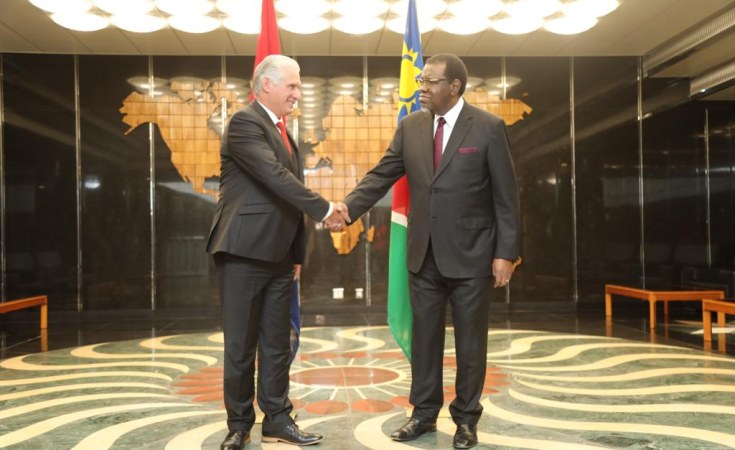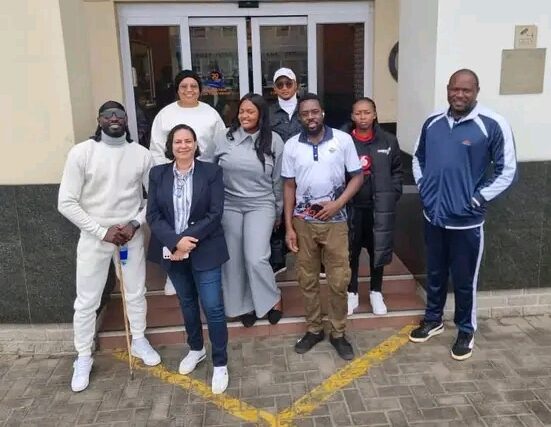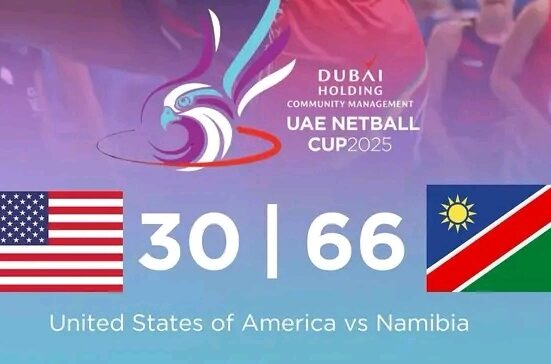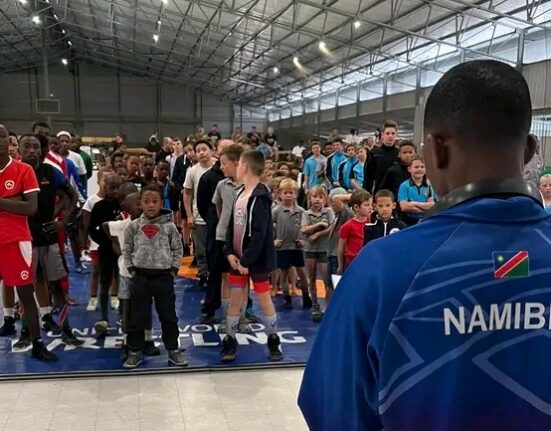Namibia’s long struggle for independence from South African apartheid rule was not fought in isolation. It was a global cause, drawing support from numerous countries and organizations. Among the many nations that contributed to Namibia’s liberation, Cuba’s role stands out as an extraordinary act of international solidarity. For decades, Cuba provided military, diplomatic, and moral support to Namibia’s liberation movement, helping to tip the balance in favor of freedom. This article delves into Cuba’s involvement in Namibia’s fight for independence, highlighting the key events, strategies, and outcomes of this unique partnership.
Namibia’s Liberation Struggle: A Brief Overview
Namibia’s journey to independence was marked by decades of struggle against South Africa’s illegal occupation. After World War I, the League of Nations had placed Namibia (then known as South West Africa) under South African administration. However, South Africa treated the territory as its own, enforcing apartheid policies that marginalized the indigenous population.
The South West Africa People’s Organization (SWAPO), led by Sam Nujoma, emerged as the primary force fighting for Namibia’s independence. SWAPO’s armed wing, the People’s Liberation Army of Namibia (PLAN), launched a guerrilla war against South African forces, operating primarily from bases in neighboring Angola and Zambia.
This conflict occurred during the height of the Cold War, with Namibia’s liberation movement becoming deeply entwined with global ideological rivalries. South Africa, backed by Western powers like the United States, sought to suppress SWAPO, while SWAPO received support from the Soviet Union, Cuba, and other socialist-aligned nations.
Cuba’s Entry into Southern Africa
Cuba’s involvement in southern Africa began in the 1970s, following the country’s successful revolution in 1959. Under Fidel Castro, Cuba adopted a foreign policy rooted in anti-imperialism and solidarity with liberation movements worldwide. Cuba saw Africa as a critical front in the global fight against colonialism, racism, and apartheid.
Cuba’s engagement in Namibia’s struggle was closely tied to its involvement in Angola. When Angola gained independence from Portugal in 1975, it descended into a civil war, with the socialist-leaning MPLA (Popular Movement for the Liberation of Angola) fighting against U.S.- and South African-backed groups like UNITA (National Union for the Total Independence of Angola). The MPLA invited Cuban troops to help defend Angola, leading to Cuba’s long-term military presence in the region.
Supporting SWAPO: Cuba’s Role in Namibia’s Liberation
Cuba’s contribution to Namibia’s liberation can be divided into three key areas: military support, training, and diplomatic advocacy.
1. Military Support: The Battlefields of Southern Angola
Cuba’s military support for Namibia’s liberation was most evident on the battlefields of Angola. The South African Defense Force (SADF) frequently launched cross-border incursions into Angola to attack SWAPO bases and destabilize the MPLA government. Cuban troops stationed in Angola played a critical role in countering these incursions and protecting SWAPO’s operational capacity.
- The Battle of Cuito Cuanavale (1987–1988)
One of the most significant contributions of Cuba to Namibia’s liberation was its involvement in the Battle of Cuito Cuanavale, a turning point in southern Africa’s geopolitical landscape. South African forces, attempting to crush the MPLA and SWAPO, launched an offensive in southern Angola. In response, Cuba deployed tens of thousands of troops, along with advanced weaponry and air support, to defend Cuito Cuanavale.
The battle ended in a stalemate, but it marked the beginning of the end for South Africa’s military dominance in the region. The Cuban-Angolan-SWAPO alliance forced South Africa to reconsider its aggressive regional policies, ultimately leading to negotiations that would pave the way for Namibia’s independence.
2. Training and Equipping PLAN Fighters
Cuba also provided direct support to SWAPO by training PLAN fighters. Thousands of Namibian freedom fighters were trained in guerrilla warfare, tactics, and political ideology at Cuban military academies. This training equipped PLAN with the skills and discipline needed to sustain a protracted guerrilla war against the technologically superior SADF.
In addition to training, Cuba supplied SWAPO with arms, ammunition, and other resources. This material support was crucial for PLAN’s operations, as it allowed the movement to maintain pressure on South African forces despite facing significant challenges.
3. Diplomatic Advocacy on the Global Stage
Cuba’s support for Namibia extended beyond the battlefield. Fidel Castro and other Cuban leaders were vocal advocates for Namibia’s independence in international forums such as the United Nations and the Non-Aligned Movement.
- United Nations Advocacy
Cuba worked alongside other nations to push for international recognition of SWAPO as the legitimate representative of the Namibian people. Cuban diplomats lobbied for sanctions against South Africa and condemned the apartheid regime’s human rights abuses in Namibia. - Moral Support
Cuba’s solidarity with Namibia was also symbolic. The Cuban government framed its support for SWAPO as part of a broader struggle against racism and imperialism. This narrative resonated globally and bolstered the moral legitimacy of Namibia’s liberation movement.
The Outcome: Namibia’s Independence
The combined efforts of SWAPO, Cuba, Angola, and other allies culminated in Namibia’s independence in 1990. The 1988 Tripartite Agreement, brokered by the United States, led to the withdrawal of Cuban troops from Angola and South African forces from Namibia. This agreement, coupled with the implementation of United Nations Resolution 435, allowed Namibia to hold free and fair elections in 1989.
On March 21, 1990, Namibia officially gained independence, with Sam Nujoma becoming the country’s first president.
Legacy of Cuban-Namibian Solidarity
Cuba’s role in Namibia’s liberation remains a powerful symbol of international solidarity. Despite its limited resources, Cuba’s commitment to Namibia demonstrated the potential for global cooperation in the fight against oppression.
- Lasting Diplomatic Ties
Namibia and Cuba enjoy strong diplomatic relations to this day. Namibia has expressed gratitude for Cuba’s support, and the two countries continue to collaborate in areas such as education, healthcare, and cultural exchange. - Cuban Medical Assistance
One of the enduring legacies of Cuba’s involvement in Namibia is its contribution to healthcare. After independence, Cuba sent medical professionals to Namibia to address the country’s healthcare challenges. Cuban doctors have provided critical services in rural areas, underscoring the depth of the two nations’ partnership. - A Model for International Solidarity
Cuba’s support for Namibia is often cited as an example of how smaller nations can play a significant role in global liberation movements. It highlights the importance of solidarity, commitment, and shared values in achieving common goals.
Cuba’s involvement in Namibia’s liberation struggle was a remarkable demonstration of international solidarity. Through military support, training, and diplomatic advocacy, Cuba played a pivotal role in dismantling apartheid rule and securing Namibia’s independence. The relationship between Cuba and Namibia is a testament to the power of collective action and shared purpose in the fight for justice and equality. As Namibia continues to build its future, the contributions of its Cuban allies remain an enduring chapter in its history.
Join 'Namibia Today' WhatsApp Channel
Get the breaking news in Namibia — direct to your WhatsApp.
CLICK HERE TO JOIN












